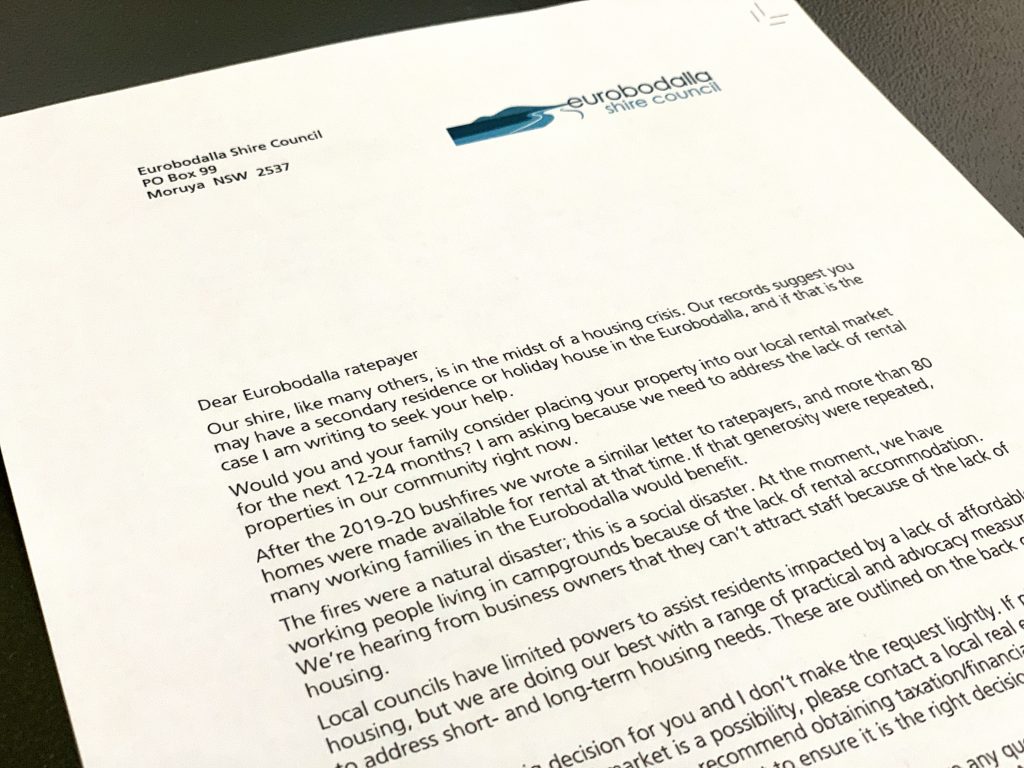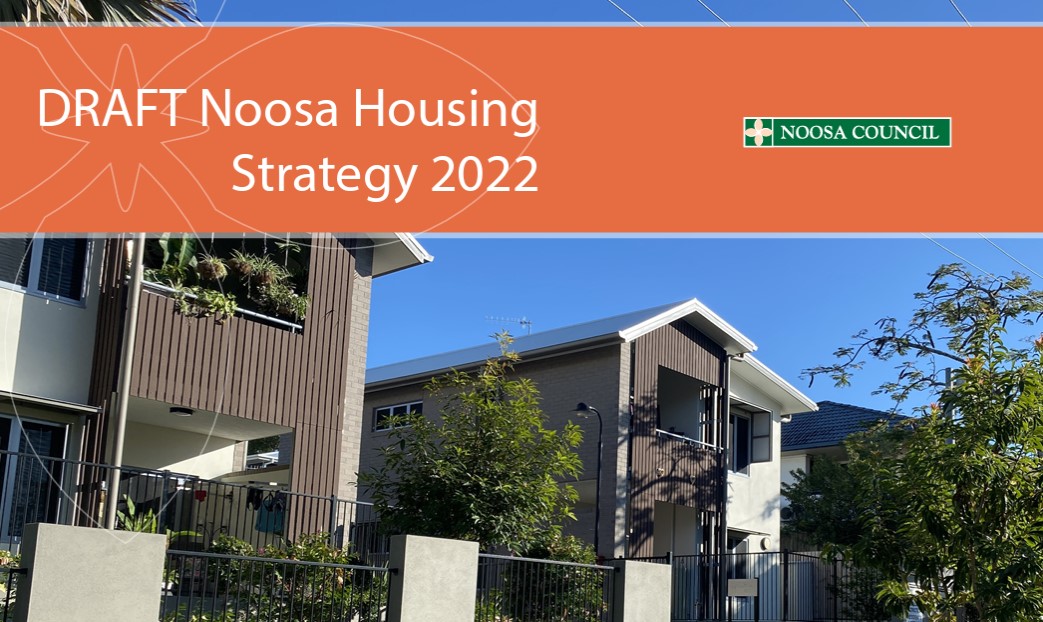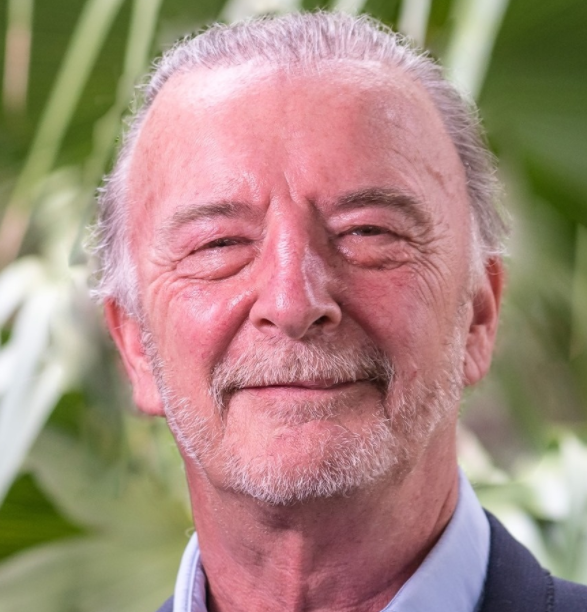Noosa Council’s Draft Noosa Housing Strategy 2022 shows the council recognises the housing shortage is “having a significant social and economic impact on the community”.
And it’s not just a housing shortage, or a local problem, with an ABC News report this week indicating an estimated one million vacant homes across the nation, many in coastal tourism communities.
The strategy document lists “recent factors such as bushfires, COVID19 and flooding [that] have exacerbated an already pressurised housing market throughout the country and fiscal policy encouraging housing investment is pushing up demand” in its executive summary.
“The Shire has a finite supply of developable urban land and housing supply is limited,” it goes on to say.
While the document acknowledges the nation’s obsession with investment housing as a financial instrument rather than simply a place to live, what the document doesn’t add to its list is Noosa’s elephant in the room – the number of existing households that sit either mostly empty throughout the year due to their status as short-term accommodation (STA) properties, or, for the very wealthy, simply a holiday home used a few weeks of the year.
Included in the strategy details are figures from the 2021 Australian Census, which shows the total number of households in Noosa Shire was 21,847, with 36% of them not the principal place of residence of the owner.
Given the number of STA households in the shire is around 5000, this means nearly a quarter of Noosa’s households are given over to STA tourism and unavailable for longer-term rental tenancy.
That proportion rises alarmingly when it comes to their percentage in medium density residential and tourism areas of Noosa such as Noosa Heads and Sunshine Beach.
The council’s strategy will involve changes to the 2020 Noosa Plan including re-zoning of some land in Tewantin, Sunrise Beach, Cooroy and Noosa Heads and “seeks to set a clear plan for housing … through to 2041 … to enable housing choice, diversity and affordability to meet the current and future needs of the community”.
“Underpinning the success of this strategy will be ongoing open partnerships with the state and federal government(s), with community housing providers, private housing developers and with the Noosa community,” it continues.
The strategy’s sole reference to STAs refers to “historical approvals that allow for use as either visitor accommodation or permanent occupation”.
“These approvals cannot be removed,” it continues, while “further commitment of residential sites to short term accommodation could only be done through scheme amendments”.
But the council has said in the strategy it will “monitor the quantum of visitor accommodation in both the Medium and High-Density Residential zones, observing how this is changing with time and what affect (sic) it is having on the availability of permanent accommodation”.
“If such monitoring reveals these zones are out of balance and the desired intent of the zones is at risk (i.e. they are no longer predominantly home to permanent residents), council will seek to make further short-term accommodation an inconsistent use in [these] zones.”
Many councils across the nation are tackling their housing shortage with a variety of plans and strategies, with Erin Parke’s ABC story quoting Eurobodalla Shire mayor Matthew Hatcher writing to 8000 non-residents, mainly from Canberra, who own holiday homes in his shire, to put their properties up on the local rental market.

Mr Hatcher said while there had been a handful of critics, the response had been overwhelmingly positive.
“It’s been amazing. We’ve had over 50 emails, more than 50 phone calls, and people specifically wanting to rent their homes out to a social housing agency,” he said.

